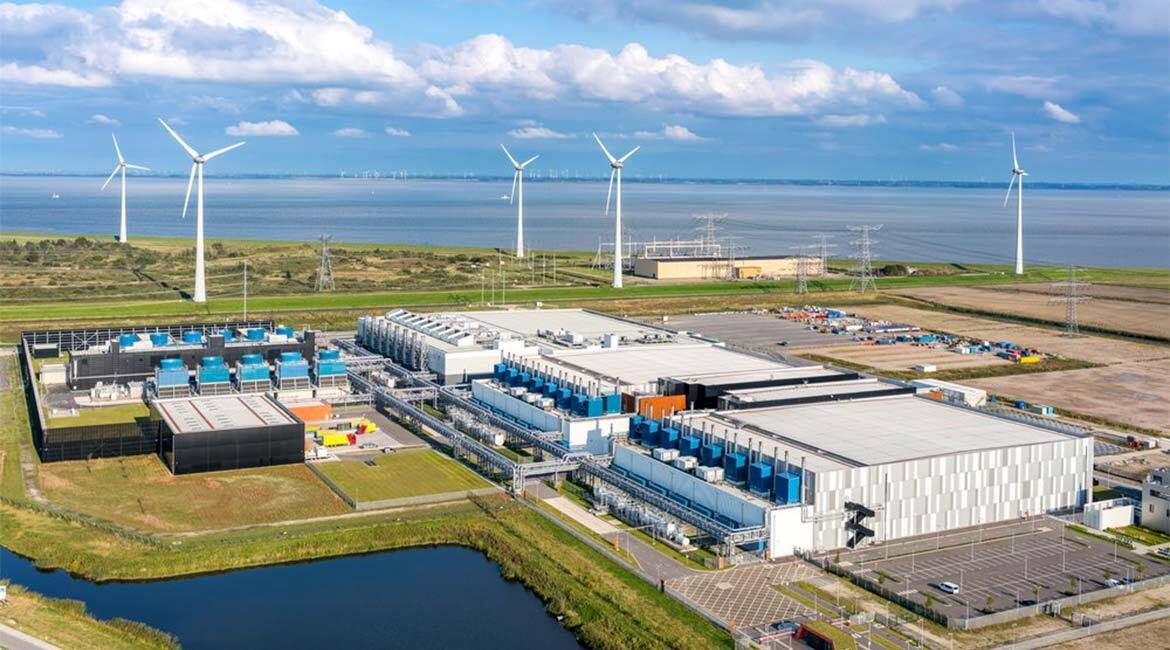Greener Computer Data Centres

Google’s data center in the Netherlands. No known usage restrictions.
Data centres are central to our global economy. Used in all areas for data analysis, processing and storage, they consume an enormous amount of energy: almost 200 TWh every year. They are responsible for 0.3% of greenhouse gas (GHG) emissions largely blamed for climate change. Managing the energy consumption of these centres consists mainly of limiting costs by storing energy in huge batteries when the price is at its lowest to use it during peak periods. No attention is usually focused on the source of this energy.
Yet data production and consumption in emerging technologies—artificial intelligence, the Internet of Things and block chains—are on the verge of mushrooming, leading to a colossal increase in energy consumption and significant environmental impacts. Computing should not exist for the sole development of new technologies but also to help preserve the environment. To limit GHG emissions produced by data centres, new strategies must be implemented.
Energy Consumption Reduction
Some gains can be made by optimizing data centre operations. IT solutions can optimize resource management and consolidate tasks so that they can be performed on a smaller number of machines, for example.
Renewable Energy Use
As part of its carbon neutrality efforts, Google has launched a new concept dubbed carbon-intelligent computing (see header image). The company equipped data centres with their own green power generation plant rely on renewable sources (sun, wind, water). Although such initiatives have a positive impact on GHG emissions, their prohibitive costs prevent their widespread implementation. Other avenues must be explored.
Workload Redirection System
An increasing number of countries are producing energy from renewable sources, available only at certain times of the day. By redirecting workload from one data centre to another, based on capacity, and by focusing on data centres powered by renewable energy, GHG emissions can be reduced. This redirection, simple at first glance, must take into account a number of factors. We intend to use specific computer science concepts, such as machine learning, to optimize the process.
First, we need to predict how much green power will be available in the data centres of a region at a given time, and their workload. Then, tasks must be consolidated and transferred to the location deemed optimal. Evidently, data transfer also consumes energy, which must be considered in the evaluation process.
Reducing GHG emissions most certainly involves optimizing energy consumption of data centres. The goal of our research at ÉTS is to fight climate change through enhanced energy management.



